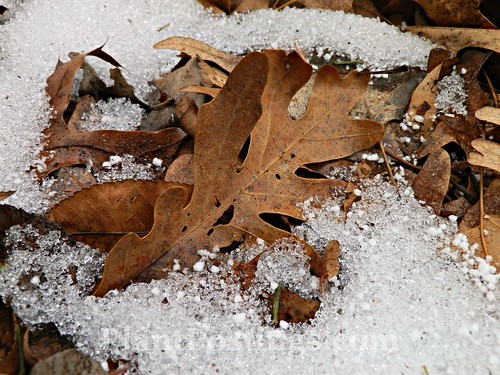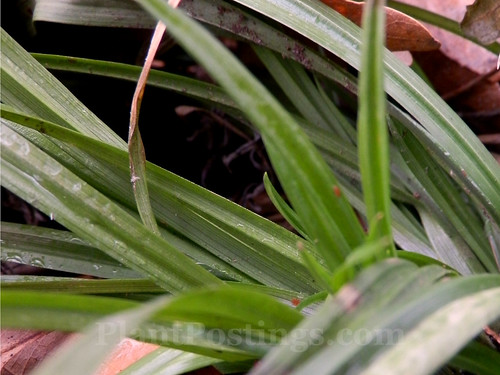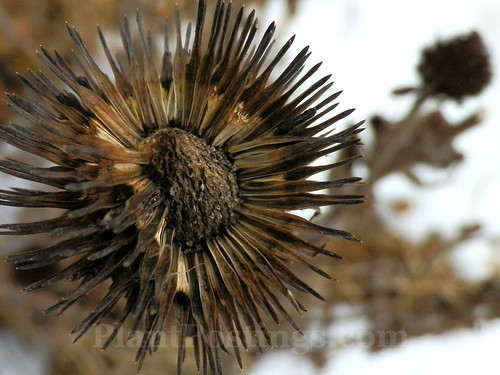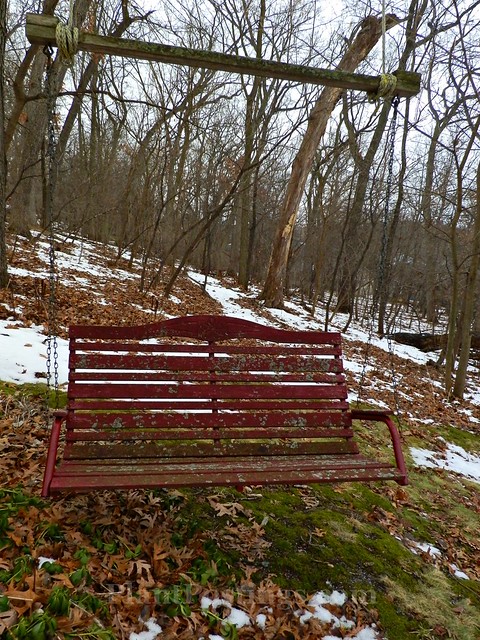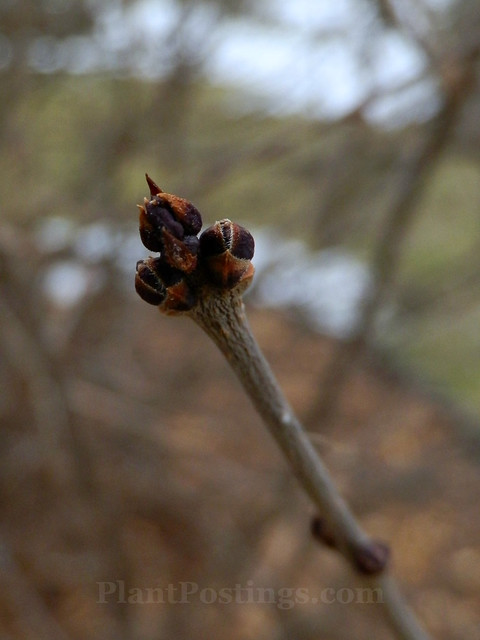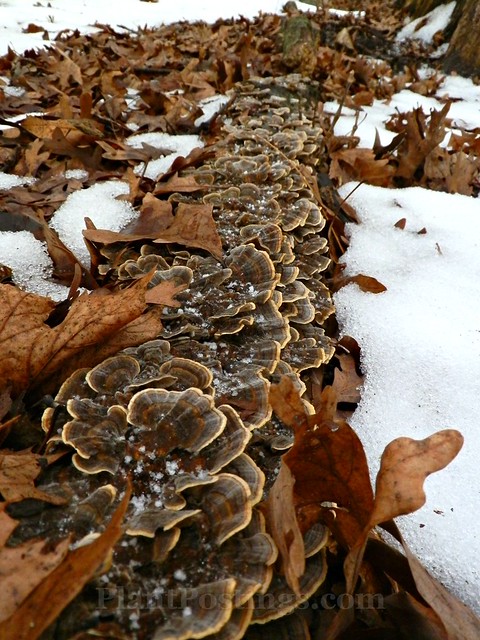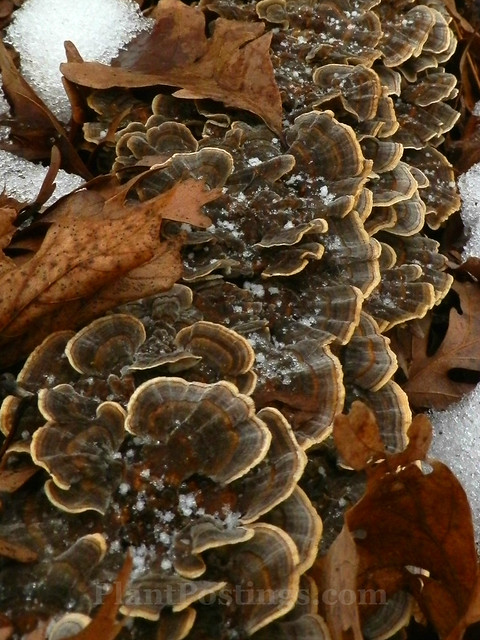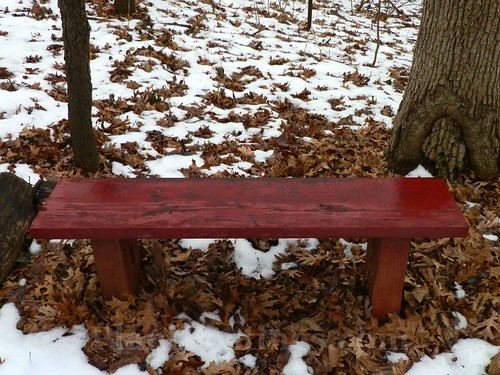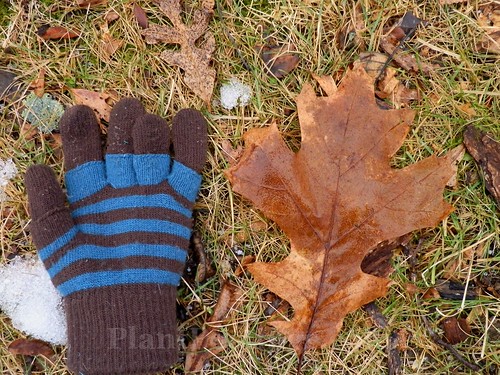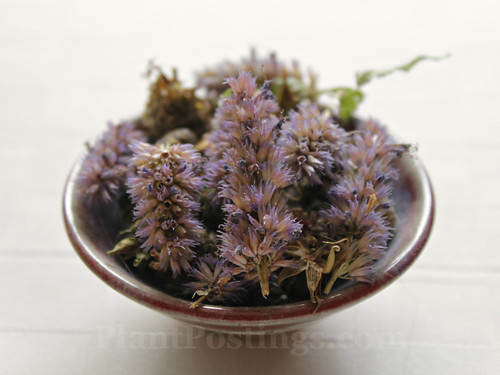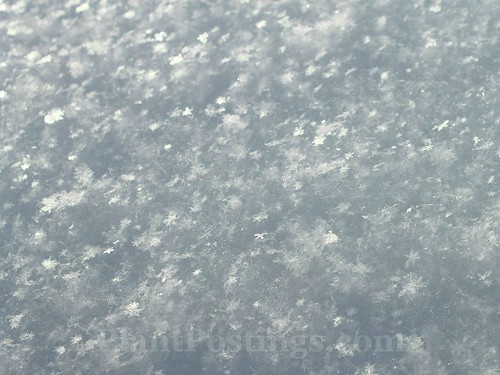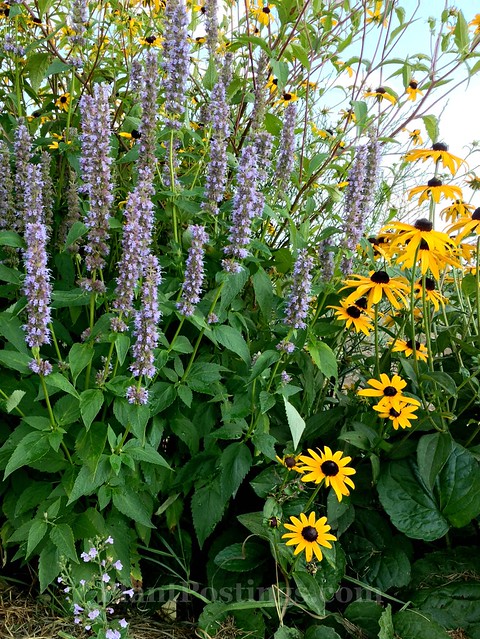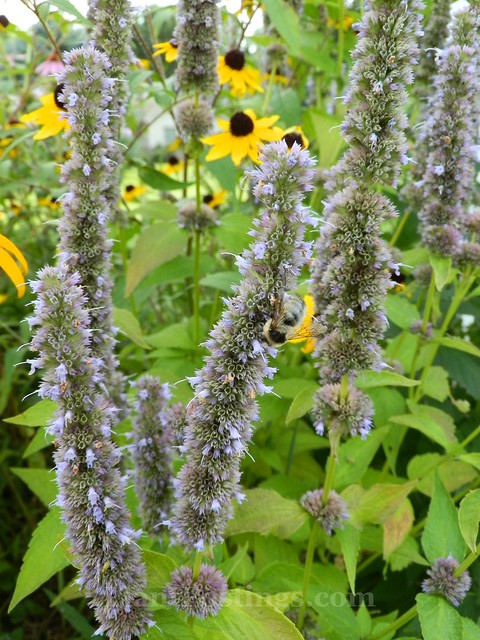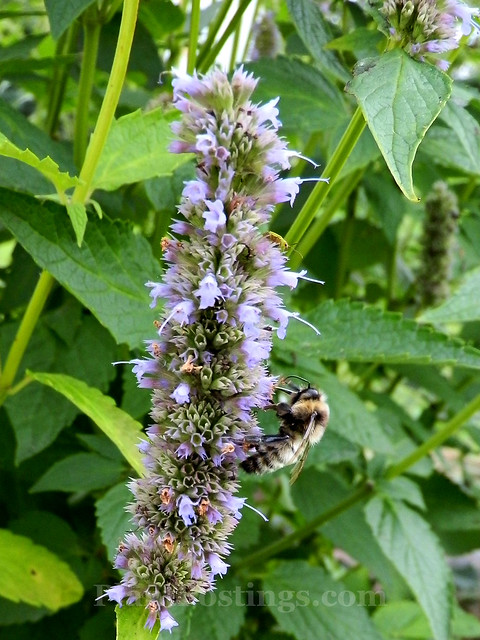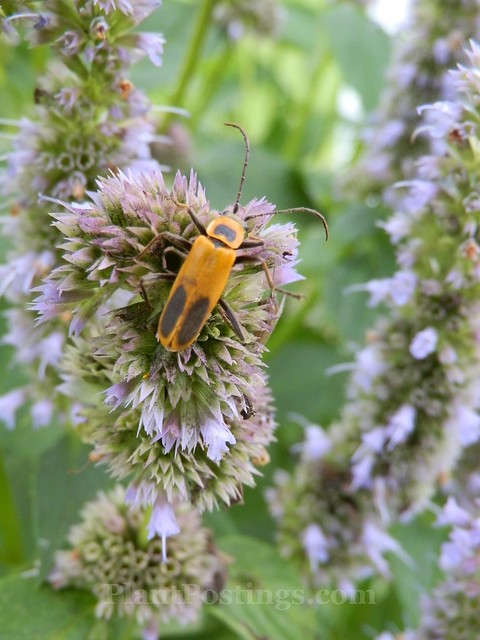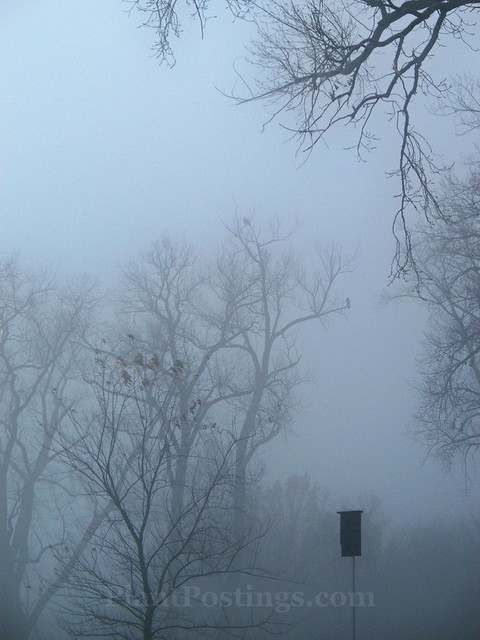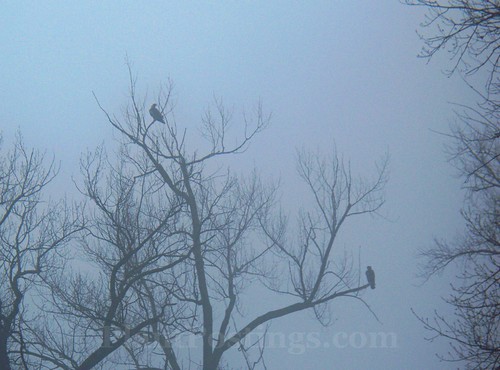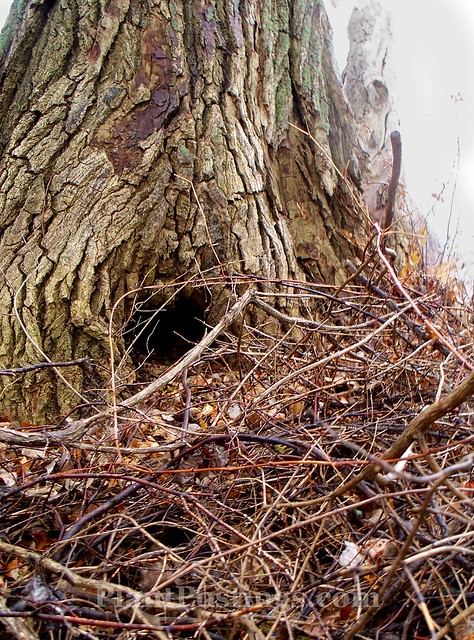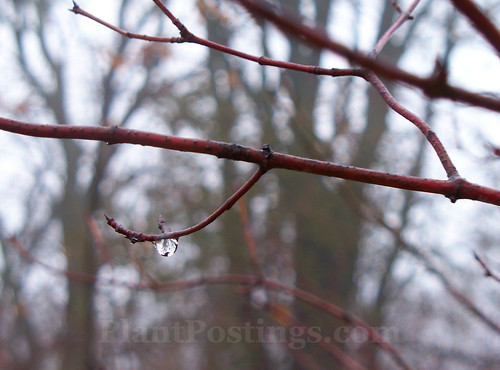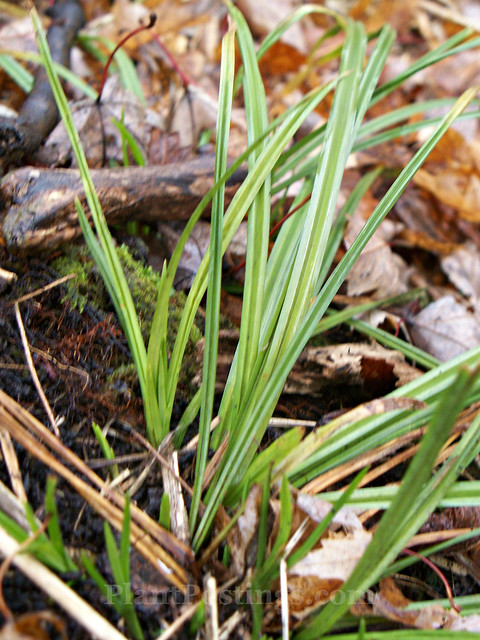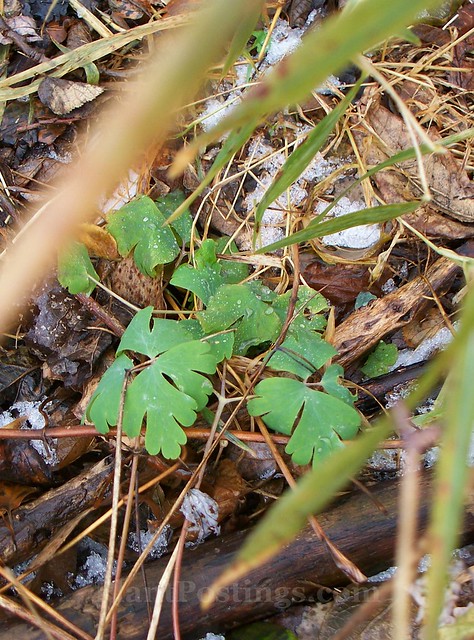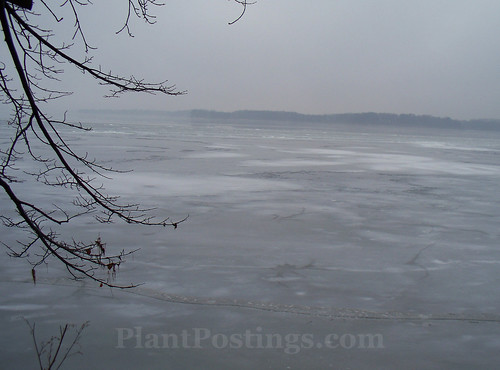 Lately, I've been reading many posts about what bloggers should and shouldn't do. These posts have been thought-provoking, challenging, and educational.
Lately, I've been reading many posts about what bloggers should and shouldn't do. These posts have been thought-provoking, challenging, and educational.I thank these fellow bloggers for their perceptions, because they've led me to the topic for today.
I'll start by asking, "What is the purpose of your blog?" and "For whom do you blog?"
In answering that second question (with nods to the first), here are four likely approaches:
* Yours: Using this approach, you publish nearly exclusively for others. Your goal might be to gather readers, sell products and services, or to share your writing and photography.
* Mine: With this approach, other people are secondary to your own thoughts, feelings, and recordings. This is often similar to journaling or a type of electronic recording of your personal experiences.
* Ours: This format encourages participation, by asking questions, including polls, meme hosting, and other methods.
* The combo: It's a mash-up. Sometimes you write for yourself, other times you express great emotion, and sometimes you present "just the facts"--for example, with a step-by-step, "how to" post.
 Where do you fit in this mix? Is there another format I'm forgetting?
Where do you fit in this mix? Is there another format I'm forgetting?Obviously, you can tell from my questions that this particular post falls into the "ours" category.
This begs the question(s):
What is the purpose of my own blog? For whom do I blog?
Who cares, anyway?
 First of all, I care. Even if I didn't have a single reader, I'd still blog. I started this blog for myself. I had a burning desire to write about gardening and plants. I had a memory card full of garden photos, and I wanted to document the plants in my garden. That's how this blog was born. It was a selfish act. I started it for me, and me alone. That's when it was "mine."
First of all, I care. Even if I didn't have a single reader, I'd still blog. I started this blog for myself. I had a burning desire to write about gardening and plants. I had a memory card full of garden photos, and I wanted to document the plants in my garden. That's how this blog was born. It was a selfish act. I started it for me, and me alone. That's when it was "mine."Then I discovered how fabulous "ours" and "yours" could be. This realization hit me like a sudden warm, pleasant breeze out of the Gulf of Mexico. I hadn't expected to enjoy the interacting part so much!
After about a month into it, in late 2010, I wanted to connect with other gardeners. I joined the now-defunct Blotanical.com. I began to have a real audience of real people--who wanted to share gardening information, stories, and notes with me! And, oh, what fun it was to visit their blogs, too! And to actually carry on "conversations" through our comments to each other.
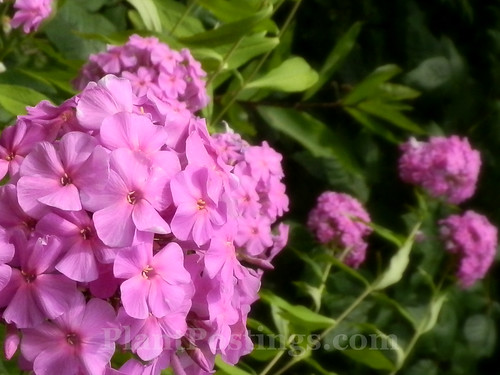 I didn't see that part of it coming, but gosh, it was rewarding!
I didn't see that part of it coming, but gosh, it was rewarding!I wrote a few "how to" posts. I shared my knowledge and practical experiences.
That was the "yours" approach.
But with time, I've come to realize this is a "combo" or a "mash-up" blog. Some of my posts are written for me--because thoughts are screaming to be written and plants are begging for attention.
Some posts are written for you--for example, posts about public gardens I recommend, or "how to build an above-ground pond."
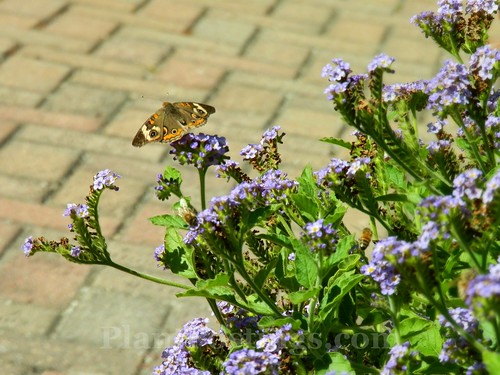 Still others are written for us, as in, "I'd like your opinion" or "Let's discuss..."
Still others are written for us, as in, "I'd like your opinion" or "Let's discuss..."The situation of any given day, week, month, or even year influences the audience and the purpose.
That's the joy of posting whatever seems right at the appropriate time.
There isn't a "correct" answer to the questions presented earlier, and there are advantages and disadvantages to every approach.
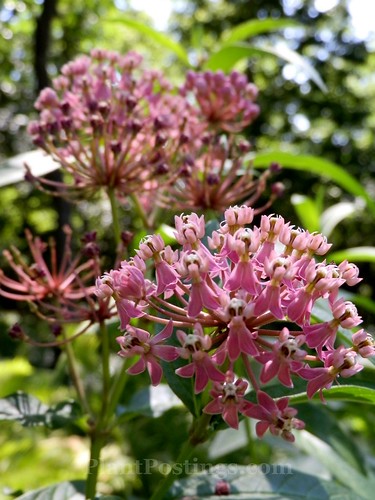 * If you post purely for yourself, you don't care if anyone visits your blog.
* If you post purely for yourself, you don't care if anyone visits your blog.* If you blog to please others, you care deeply about gaining and maintaining an audience.
* If you blog for both yourself and others, your motivations are mixed.
And if, like me, you switch back and forth and in every direction, sometimes you're thinking about your audience, while other times you're purely communicating your personal thoughts or recording the phenology or cyclical events in your own garden.
Perhaps when considering what we should or shouldn't do with our blogs, we ought to think about the purpose and the audience, too. Perhaps those questions should come first?
* * * * * * * * * * * *
Next up: a few thoughts about my favorite bloggers, and why I like to visit them. (You might be surprised to find yourself in the list.)
